11 Method Actresses Who Mastered the Craft Like No Other
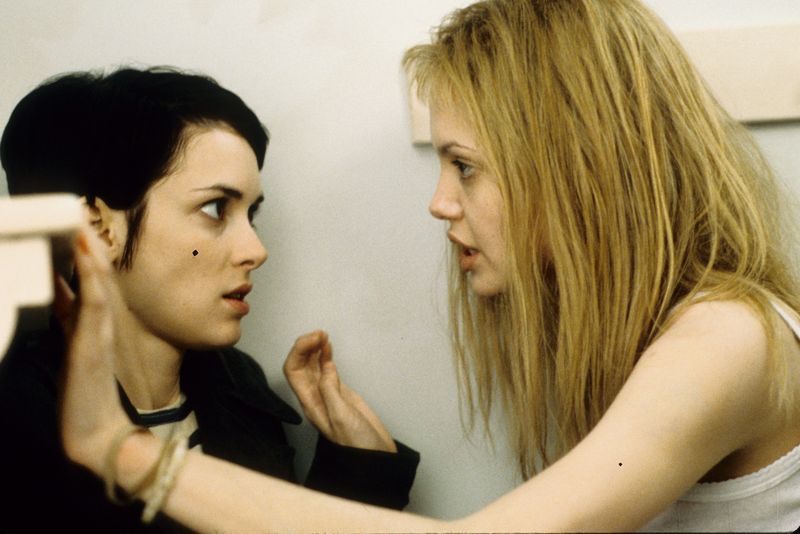
Method acting transforms performers into their characters through emotional memory and complete psychological immersion. For actresses, this demanding technique has produced some of cinema’s most unforgettable performances. These extraordinary women didn’t just play roles – they lived them, often at great personal cost, pushing boundaries to achieve raw authenticity that forever changed screen acting.
1. Meryl Streep

The chameleon of American cinema learned Polish and lived on cigarettes to embody a Holocaust survivor in “Sophie’s Choice.” Her 21 Oscar nominations stand as testament to her unmatched versatility.
At Yale Drama School, Streep absorbed Method techniques while developing her extraordinary ear for accents—mastering dialects from Danish to Australian with uncanny precision. For “The Devil Wears Prada,” she crafted Miranda Priestly’s chilling whisper after observing how powerful people rarely raise their voices to command attention.
What makes Streep revolutionary is her seamless blend of technical precision with emotional truth. Unlike many Method purists, she combines immersive preparation with meticulous external craft, creating a unique approach that’s entirely her own.
2. Marilyn Monroe
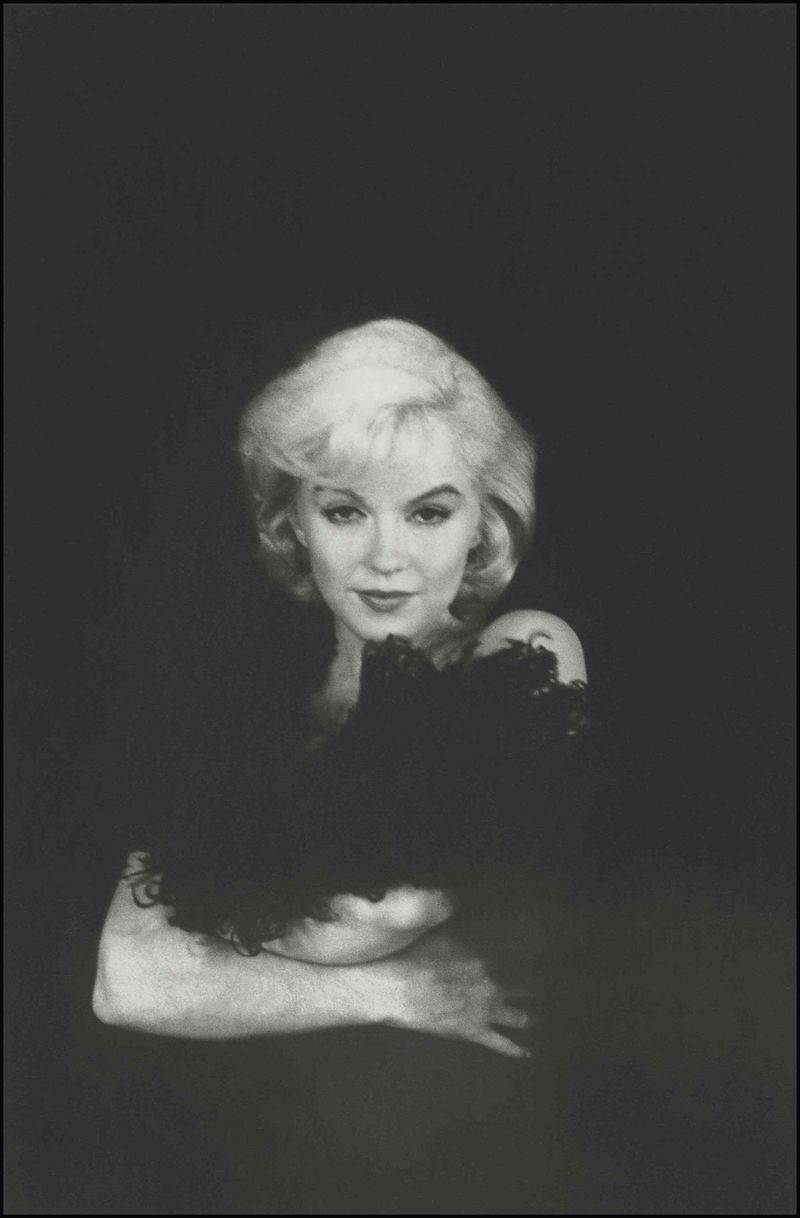
Beneath the blonde bombshell persona lived a dedicated artist who battled crippling insecurities to pursue authentic emotional truth. Few realize Monroe fled Hollywood at the height of her fame to study with Lee Strasberg at the Actors Studio, determined to be taken seriously.
Her transformation in “Bus Stop” stunned critics who had dismissed her as merely decorative. Playing a talentless saloon singer with touching vulnerability, Monroe deliberately stripped away her glamorous image. During “The Misfits,” her final completed film, she channeled her own fragility so completely that watching it now feels almost intrusive.
Arthur Miller once remarked that Monroe didn’t act—she experienced. Her performances reveal painful personal history transformed into art through the discipline of Method techniques.
3. Jane Fonda
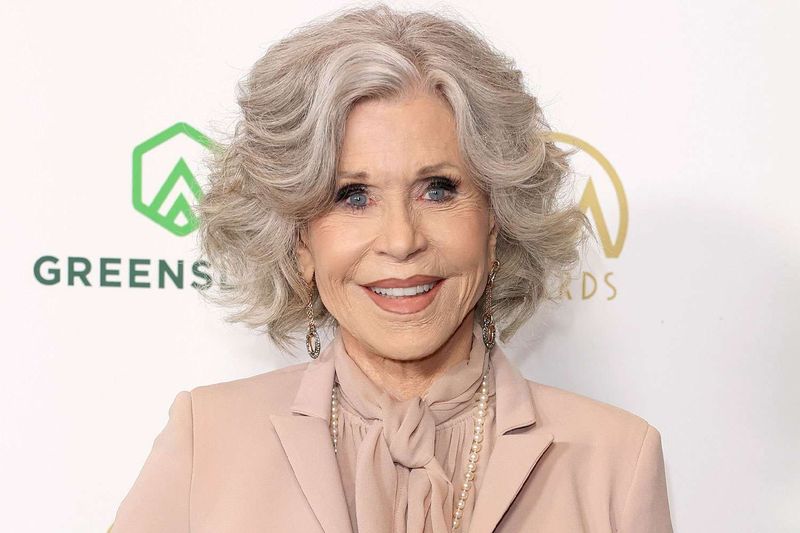
Before becoming a fitness icon and political activist, Fonda revolutionized screen acting with her raw emotional honesty. For her Oscar-winning role in “Klute,” she spent weeks with sex workers, absorbing their mannerisms and psychological defenses.
Fonda’s portrayal of an alcoholic in “The Morning After” came from a deeply personal place. She later revealed she’d battled bulimia and substance abuse herself, channeling these struggles into her character’s desperate spiral. Her work in “Coming Home” as a conservative woman awakening to anti-war politics mirrored her own evolution.
Unlike some Method practitioners who remain entirely in character, Fonda developed a disciplined approach allowing her to access emotional extremes without losing herself. Her technique balanced immersion with self-preservation—a sustainable Method practice.
4. Anne Bancroft
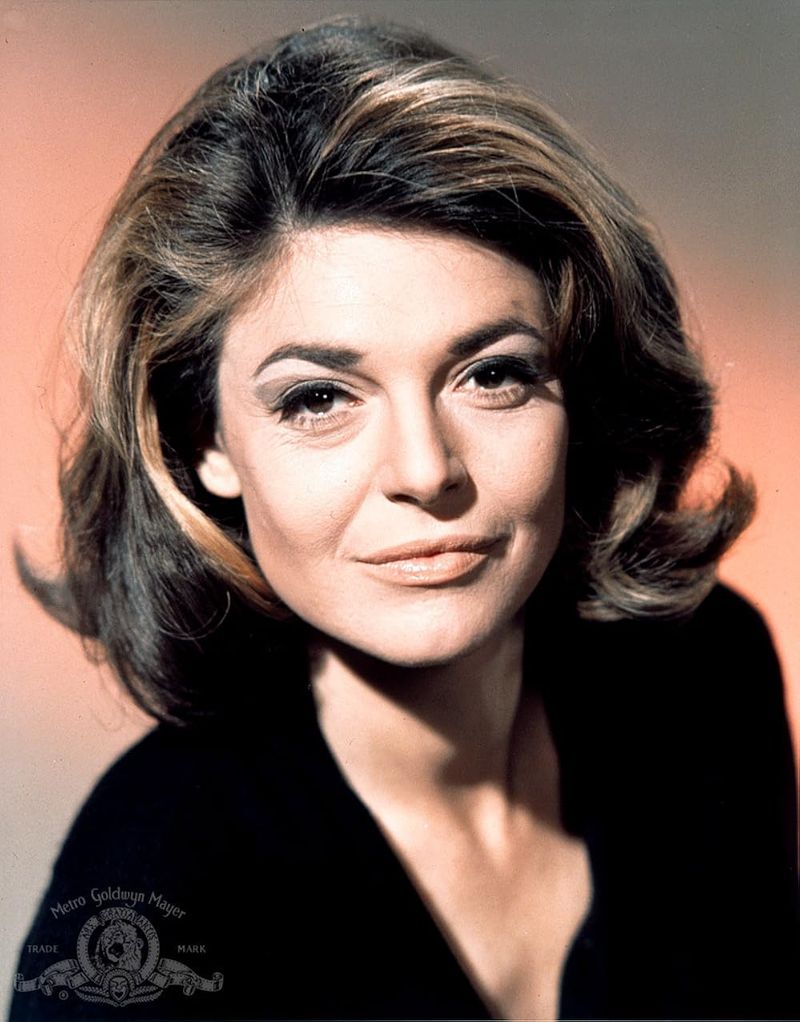
“Mrs. Robinson seduced me” joked Dustin Hoffman about Bancroft’s immersive preparation for “The Graduate.” Despite being just six years older than Hoffman, Bancroft so completely inhabited the disillusioned older woman that generations of viewers remember her as significantly older.
Her most extraordinary transformation came in “The Miracle Worker.” To play Annie Sullivan, teacher to Helen Keller, Bancroft lived blindfolded for days, developing a heightened sensitivity to sound and touch. The famous water pump scene, where Sullivan finally breaks through to Helen, required such physical and emotional commitment that both actresses sustained injuries.
A star pupil of Lee Strasberg, Bancroft rejected the Hollywood system to pursue challenging roles. “I don’t want to be a star,” she once said. “I want to be an actress.”
5. Sissy Spacek
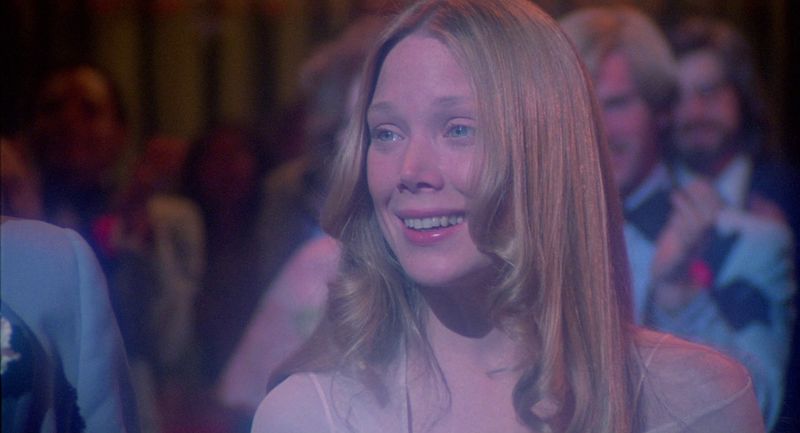
For “Coal Miner’s Daughter,” Spacek didn’t just play Loretta Lynn—she became her. She toured with Lynn, mastered her distinctive singing voice, and learned to cook Southern style. The coal mining community initially skeptical of the Texas actress ultimately embraced her as one of their own.
Her commitment to authenticity reached disturbing heights in “Carrie.” During filming, Spacek isolated herself from the cast, slept in Carrie’s clothes, and studied her own teenage diaries to reconnect with adolescent pain. For the infamous prom scene, she voluntarily remained covered in sticky corn syrup blood between takes, experiencing the character’s humiliation firsthand.
Spacek’s farm upbringing gave her performances an earthy genuineness rare in Hollywood. “I never wanted to seem like I was acting,” she once explained. “I wanted to be that person.”
6. Ellen Burstyn
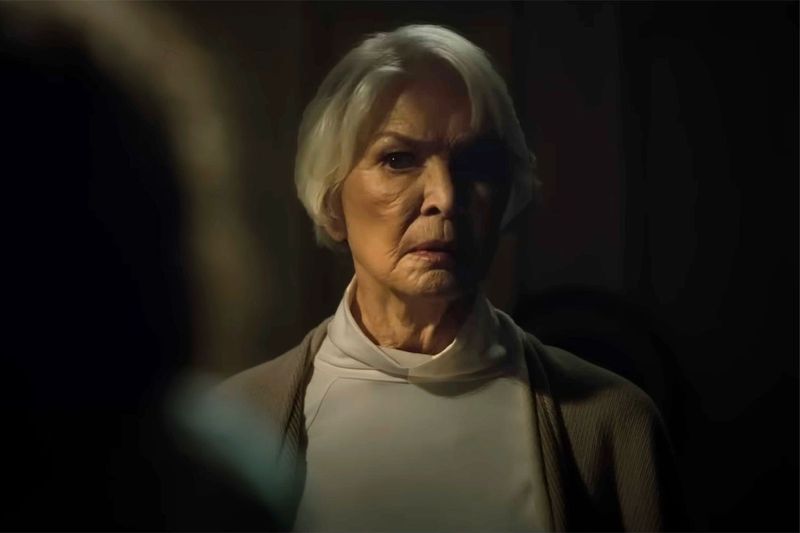
When Burstyn collapsed on set during “The Exorcist,” the cameras kept rolling—capturing genuine pain when her character is thrown across the room. That scene exemplifies her willingness to push physical and emotional boundaries for authenticity.
As president of the Actors Studio, Burstyn became guardian of Method traditions while evolving them for contemporary performers. Her harrowing portrayal of addiction in “Requiem for a Dream” came from extensive research with real addicts. At 67, she performed without vanity, allowing the camera to document her character’s physical deterioration with unflinching honesty.
Burstyn pioneered a feminist approach to Method acting, selecting roles that explored women’s experiences with unprecedented candor. Her Oscar-winning performance in “Alice Doesn’t Live Here Anymore” broke new ground in depicting female independence and self-discovery.
7. Kim Stanley
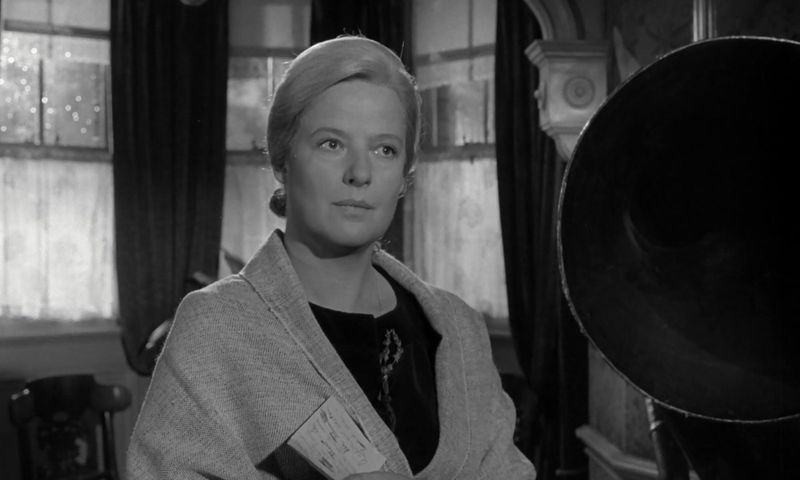
The actress Marlon Brando called “the greatest” remains tragically unknown to modern audiences. Stanley’s terrifying intensity in “The Goddess” (a thinly veiled portrait of Marilyn Monroe) came from mining her own psychological struggles, creating a performance so raw that watching it feels voyeuristic.
Her work as the medium in “Seance on a Wet Afternoon” earned her an Oscar nomination and showcases her supernatural ability to appear genuinely possessed by another consciousness. Stanley’s technique was so immersive that she struggled to disconnect from characters, contributing to her limited film output and eventual retreat from acting.
Tennessee Williams wrote roles specifically for Stanley, believing no other actress could access such emotional depths. Her legendary stage performances in “A Far Country” and “Three Sisters” are still discussed with awe by theater historians and fellow actors.
8. Geraldine Page
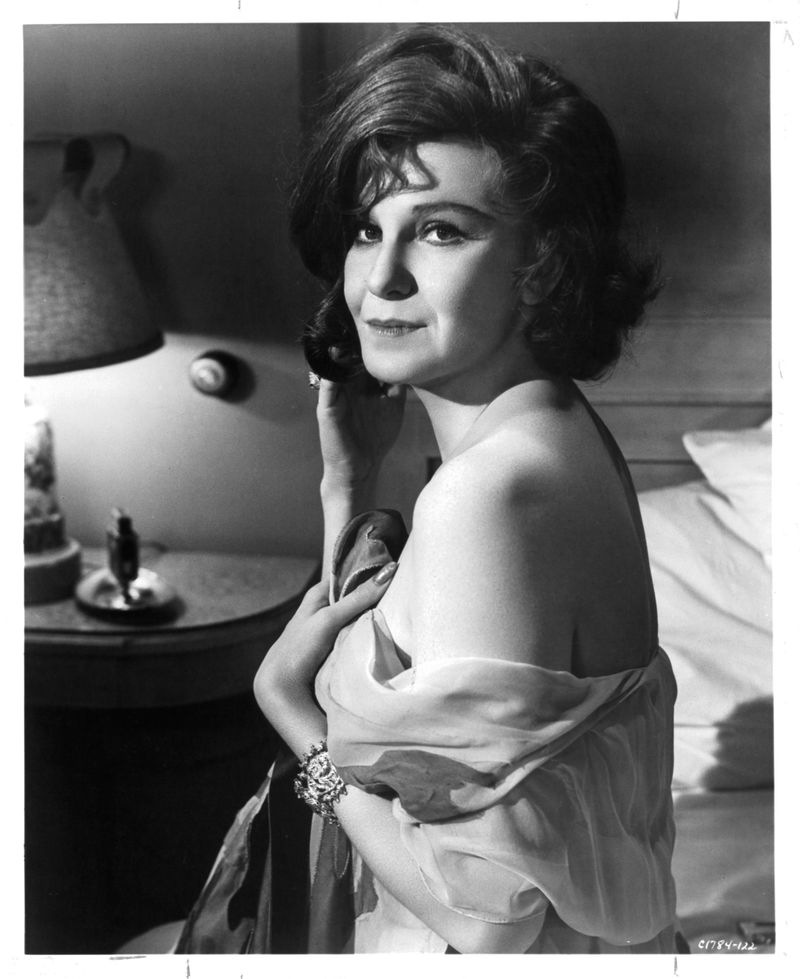
Broadway audiences witnessed something extraordinary when Page performed Tennessee Williams’ heroines—a symbiotic relationship between playwright and interpreter so perfect it seemed supernatural. Her fragile Southern belles vibrated with repressed desires and thwarted dreams, drawing from her own Missouri roots.
After eight nominations, Page finally won an Oscar for “The Trip to Bountiful” at age 61. The performance showcases her signature ability to reveal a character’s entire life history through subtle gestures—a trembling hand or shifting glance containing volumes of unspoken biography. For that role, she lived with elderly women in nursing homes, absorbing their movements and yearnings.
Unlike many Method actors, Page maintained a wicked sense of humor about her craft. “I don’t become the character—that would be schizophrenia,” she once quipped. “I become myself under different circumstances.”
9. Shelley Winters

The transformation from blonde bombshell to character actress extraordinaire makes Winters’ career uniquely fascinating. After early typecasting in glamour roles, she rebelled by gaining 25 pounds and pursuing challenging parts that showcased her Actors Studio training.
For “A Place in the Sun,” Winters visited morgues to understand how a drowning victim would appear—commitment that helped her create one of cinema’s most haunting death scenes. Her preparation for “The Poseidon Adventure” included swimming fully clothed with weights to authentically portray the physical struggle of her character’s sacrifice.
As her career progressed, Winters became a passionate teacher of Method techniques. Her memoirs reveal extraordinary dedication to authentic characterization—whether playing a Holocaust survivor in “The Diary of Anne Frank” or the grotesque mother in “Lolita”—always finding the humanity in even the most unsympathetic characters.
10. Jessica Lange
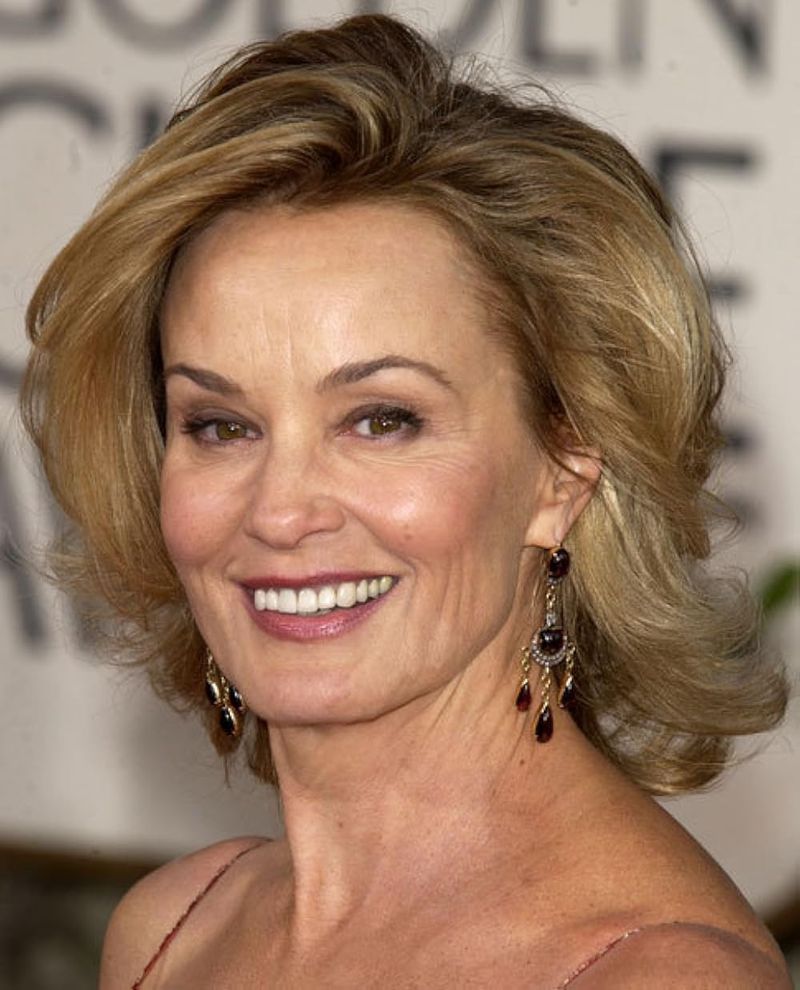
Hollywood initially dismissed Lange as merely decorative after her debut in the 1976 “King Kong” remake. Her response? Intensive Method training and a career-defining performance in “Frances” that silenced critics forever. To portray troubled actress Frances Farmer, Lange immersed herself in psychiatric hospitals, studied shock therapy effects, and lost dangerous amounts of weight.
For “Blue Sky,” which won her a second Oscar, Lange studied bipolar disorder with such dedication that she experienced emotional aftereffects for months. Her portrayal of country singer Patsy Cline in “Sweet Dreams” required mastering complex vocal techniques and Southern mannerisms until they became second nature.
Lange’s approach combines emotional memory with meticulous research. “I need to understand everything about the character’s world,” she explained. “What she eats, how she sleeps, what makes her afraid—I need to know it all.”
11. Angelina Jolie

Long before becoming a humanitarian and director, Jolie established herself as one of her generation’s most committed Method performers. Her Oscar-winning role in “Girl, Interrupted” came after weeks shadowing psychiatric patients and developing specific physical manifestations for her character’s sociopathy.
For “Changeling,” Jolie studied grief by binding her arms at night, simulating the helplessness of her character whose son is missing. Her preparation for “Gia” included immersing herself in addiction culture and adopting the model’s distinctive walk and speech patterns. Former co-stars describe Jolie remaining partially in character between takes, maintaining emotional states rather than switching them on and off.
As a contemporary Method practitioner, Jolie balances immersive techniques with psychological self-care. “You have to go to dark places,” she once explained, “but you also need to know how to find your way back.”

Comments
Loading…